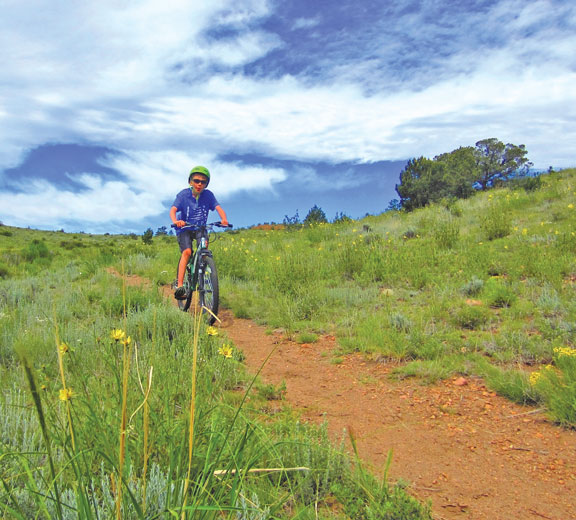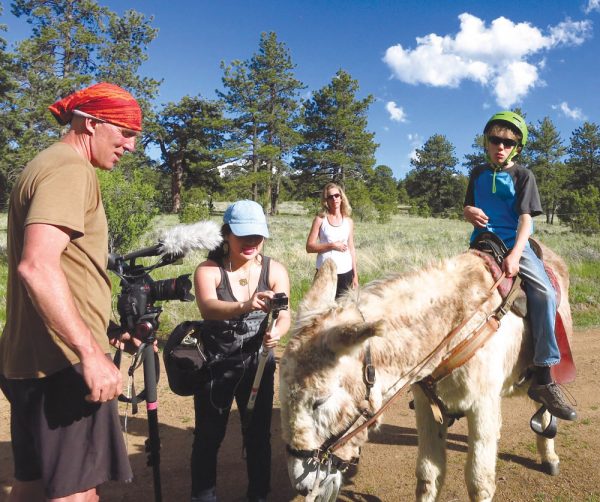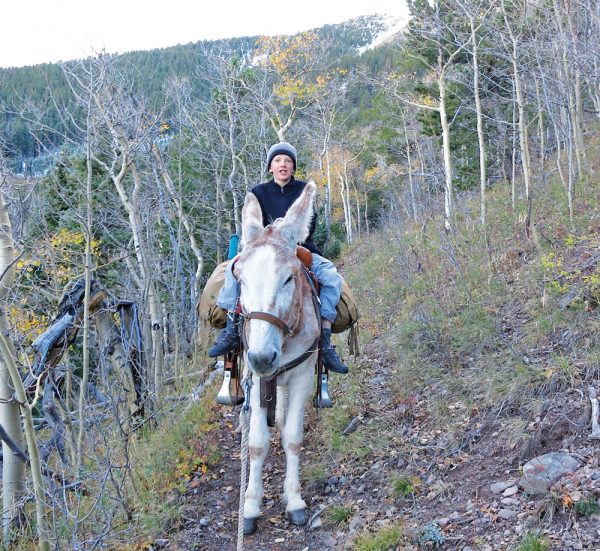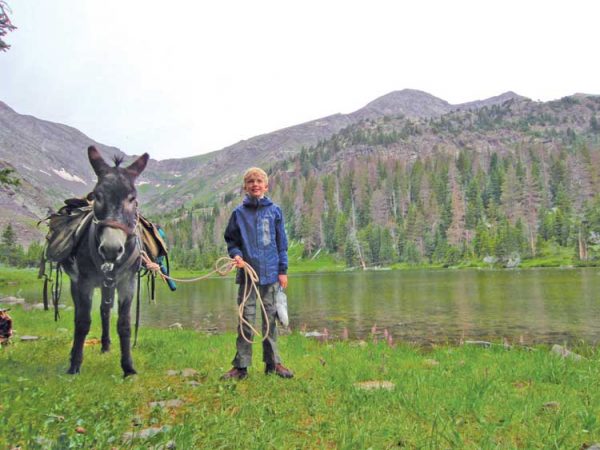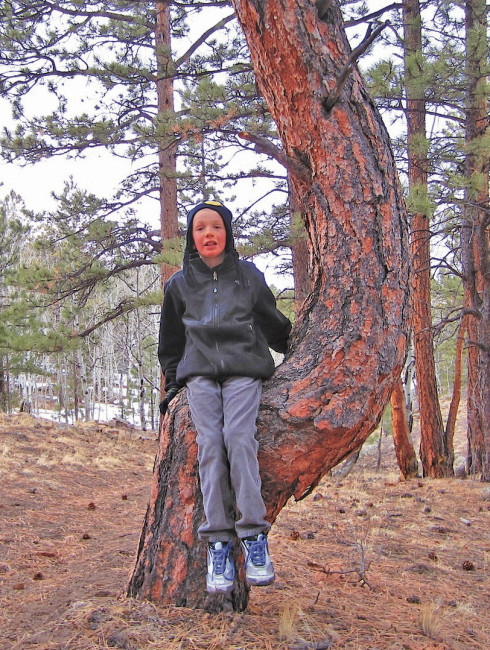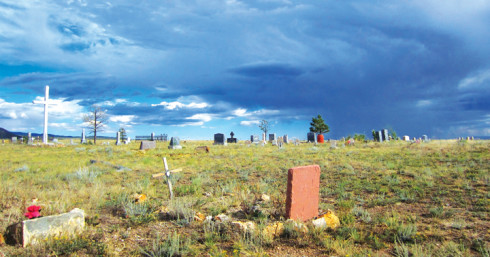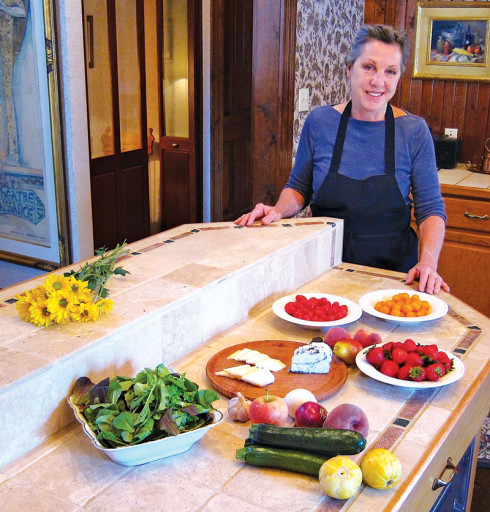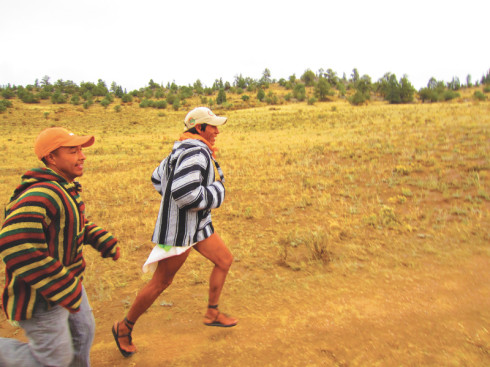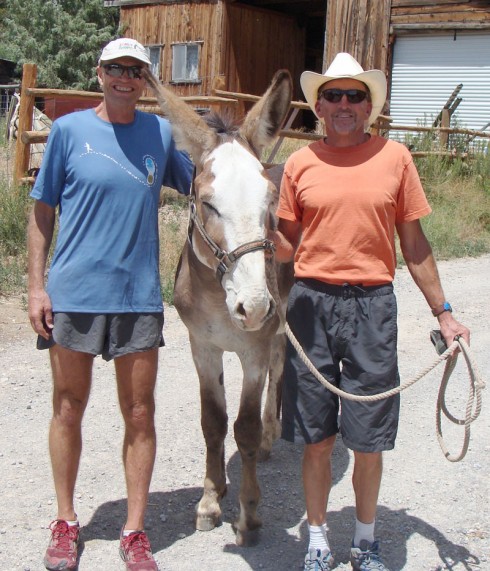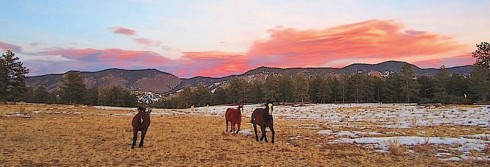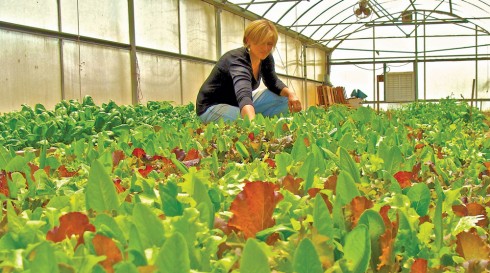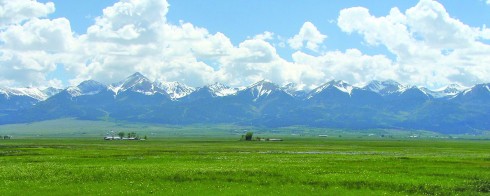By Hal Walter
I remember quite well that I was slow to learn to ride a bicycle. This may have been partially because I had not been introduced to bikes early in childhood, but for whatever reason, when I was about seven I realized other kids my age were riding and that I could not.
My mom, who was doing her best to keep the family afloat with two jobs, had acquired what was known as an “English” three-speed racing bike. It was a girls model, which meant the top rails were curved downward at an angle rather than parallel to the ground – a good thing since the bike was way too big for me.
I remember one day taking this hulking steel steed out to the sloped driveway behind the duplex where we lived, determined to learn to ride it. I started at the top with my feet to either side and shuffled along astride the bike while coasting down the short drive. Then I pushed it back up and tried again. Over and over.
Each time I was able to coast a little farther between steps. It seemed like hours went by, and then suddenly I coasted the entire driveway.
This all remained tucked away in my memory for decades but resurfaced in recent years when I began to question whether my own son would ever learn to ride a bike. It’s well known that many autistic kids have difficulty learning to balance a two-wheeler. For many there is a difficulty processing spatial relationships, motor balancing and multi-tasking skills, all of which play simultaneous roles in riding a bike.

